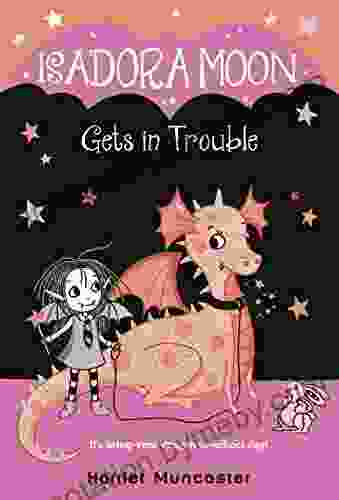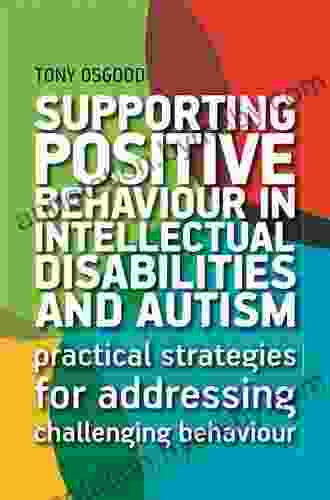:
Children's drawings are not mere scribbles; they are a window into their minds, emotions, and development. By understanding the symbolism and meaning behind their artwork, parents and educators can gain valuable insights into their child's inner world and foster their creativity and well-being.
5 out of 5
| Language | : | English |
| File size | : | 27386 KB |
| Print length | : | 352 pages |
| Lending | : | Enabled |
| Screen Reader | : | Supported |
Chapter 1: The Language of Children's Drawings
This chapter delves into the basic elements of children's drawings, such as lines, shapes, colors, and figures. It explains how each element carries specific meanings and how they can be interpreted in context. For instance:
- Thick lines can indicate strong emotions or energy.
- Rounded shapes often reflect gentleness or warmth.
- Bright colors may represent happiness or excitement.
- Human figures with exaggerated features may symbolize the child's self-perception or relationships.
Chapter 2: Developmental Stages in Children's Drawings
This chapter explores the different stages of drawing development from infancy to adolescence. It provides age-appropriate examples and explains the cognitive and motor skills that influence the child's drawing abilities. Understanding these stages helps parents and educators appreciate the significance of each drawing and the developmental milestones it represents.
Chapter 3: Interpreting Common Themes in Children's Drawings
Children's drawings often depict common themes such as family, friends, school, and nature. This chapter offers guidance on deciphering the underlying meanings and emotions associated with these themes. For example:
- Drawings of large, dominant figures may indicate a child's need for control or security.
- Omitted family members may suggest relationship issues or feelings of exclusion.
- Drawings of pets or animals can reveal the child's feelings towards others or their own personality traits.
Chapter 4: Using Children's Drawings for Child Psychology and Education
This chapter explores the applications of children's drawings in child psychology and education. It discusses how drawings can be used to assess a child's emotional well-being, developmental progress, and cognitive abilities. It also provides practical tips for encouraging creativity and fostering children's artistic expression.
Chapter 5: The Therapeutic Value of Children's Drawings
This chapter highlights the therapeutic benefits of children's drawings. It explains how drawing can help children process difficult emotions, reduce stress, improve self-esteem, and communicate their inner experiences. Case studies demonstrate the use of drawing in art therapy for children with emotional, behavioral, or trauma-related issues.
:
"Children Drawings Interpreted" empowers parents, educators, and professionals with the knowledge and tools to understand the hidden meanings and therapeutic potential of children's drawings. By embracing children's creativity, we unlock their potential for emotional growth, communication, and lifelong learning.

























































































